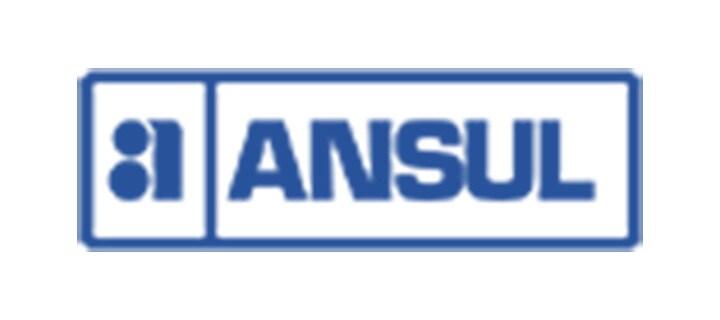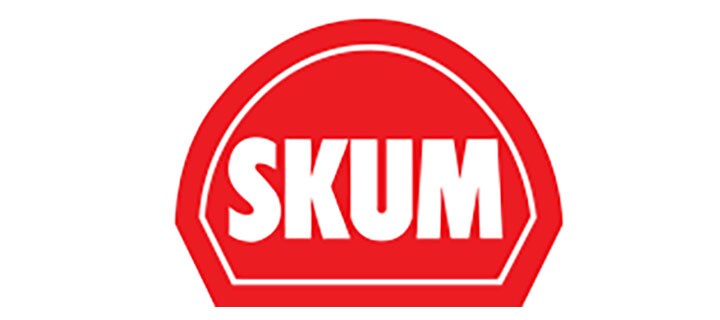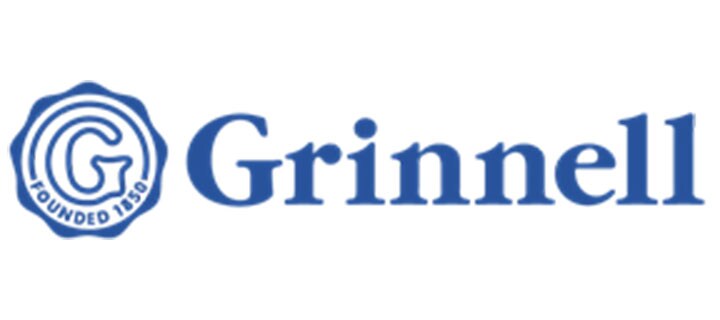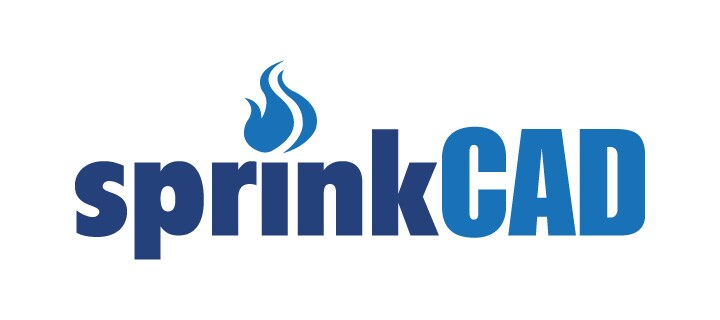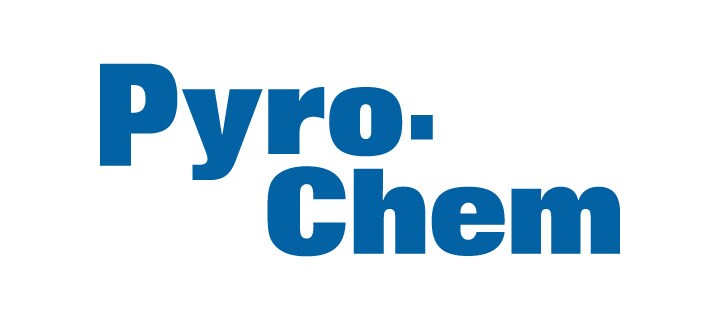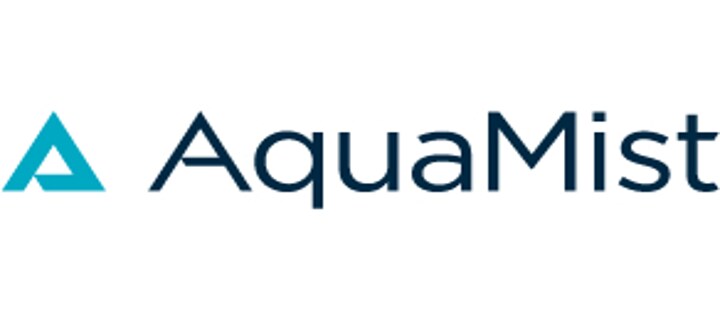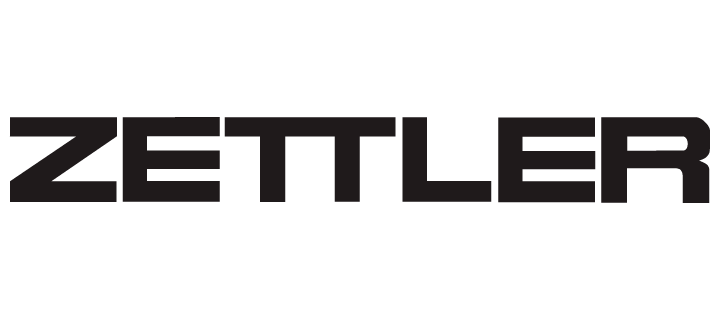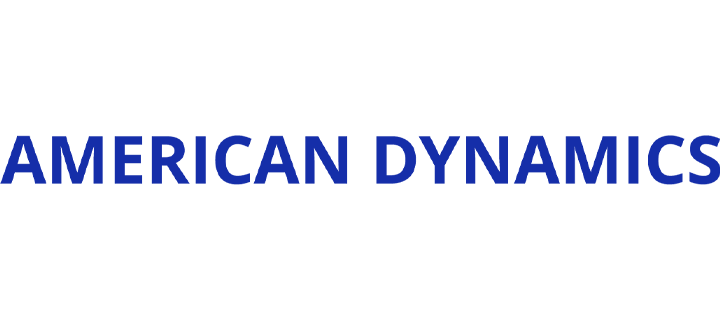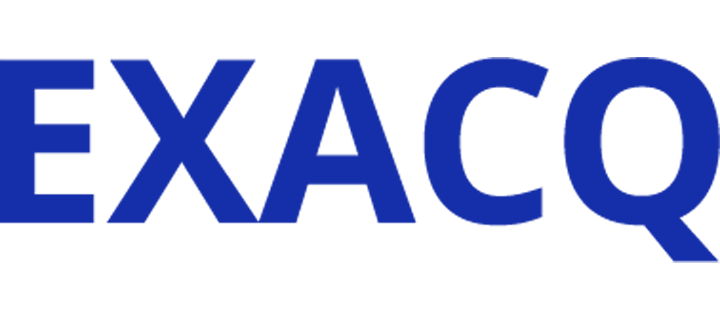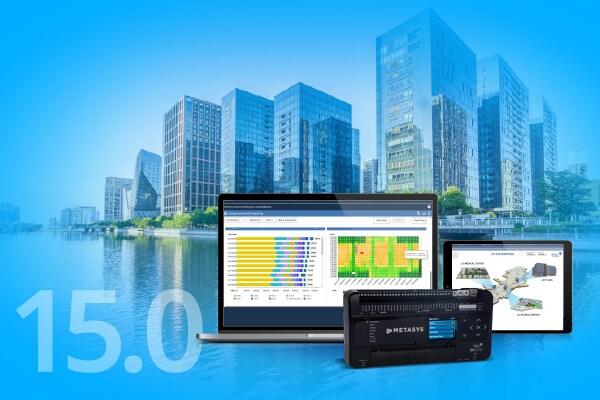- Johnson Controls
- Building Insights
- Using procurement to reach district goals
Using procurement to reach district goals
Funding should never get in the way of a safe and comfortable learning environment. As K–12 leaders work around the clock to determine how their school districts can improve, procurement models such as a public private partnership or performance contract may be the answer they’ve been looking for.

Two common procurement options explained
By Cheryl Aquadro
No matter the industry, business leaders typically determine their desired outcomes first and how to get there second. District leaders can address many of the issues they are tackling, such as deferred maintenance or infrastructure upgrades, through procurement models. The two most common procurement options for school districts are a public–private partnership and an energy performance contract.
Public–Private Partnerships
A public–private partnership, or PPP, puts the responsibility for the financing as well as the design, construction, energy efficiency, and ongoing operations on a private consortium, which is made up of developers, general contractors, and facility managers.
Through a PPP model, school districts can see their desired results—a quality, well-maintained, energy-efficient facility, for example—without having to take on the responsibility for design, construction, energy efficiency, and ongoing operations.
This option helps ensure that the right technology and solutions are being used to the best of their ability. The responsibility is off-loaded, but the ownership of a facility stays within the school district and aligns with plans set in place by district leaders.
A PPP is a great option for school districts that need to make district-wide upgrades, as it helps ensure that the necessary improvements are implemented across individual schools.
Performance Contracts
Performance contracts (PCs) rely on future energy and operational cost avoidance to generate funding for improvements. Through a contract with an energy services company, school districts can finance comprehensive retrofit projects, leveraging guaranteed savings. The school district pays back the loan with the savings achieved from the reduction in energy and operational costs over a term.
A PPP is a great option for school districts that need to make district-wide upgrades, as it helps ensure that the necessary improvements are implemented across individual schools.
For instance, when Jones County School District’s three high schools in Ellisville, Mississippi, needed to improve critical equipment, systems, and infrastructure, the district entered into a PC that guaranteed it $300,364 in savings for the first year and more than $4.2 million in savings over the life of the 12-year project.
This type of financing is ideal for school districts that need to make technology upgrades and reduce their energy and operational spending. Implementing new lighting or heating and cooling systems can help school districts create a more comfortable learning environment, while also generating savings that will help pay off the contract in the long run.
East Central Alberta Catholic Schools in Wainwright, Alberta, Canada, is another example of a district that entered into a PC with positive results.
Through a 10-month project implementation phase, the school district used a PC to help address its deferred maintenance challenges and improve student life. By upgrading infrastructure like rooftop units, replacing furnaces, revising heating system piping, and purchasing a new air-cooled chiller, the district will see $40,000 in incentives and will reduce annual greenhouse gas emissions by 712 tons of carbon dioxide.
This strategy is a win-win situation for districts that need to make upgrades but want to lessen the burden on their local taxpayers.
Breaking Down Barriers
Funding should never get in the way of a safe and comfortable learning environment. As K–12 leaders work around the clock to determine how their school districts can improve, procurement models such as a public private partnership or performance contract may be the answer they’ve been looking for.
Cheryl Aquadro is K–12 market director for Johnson Controls.
This article originally appeared in the December 2018 issue of School Business Affairs magazine and is reprinted with permission of the Association of School Business Officials International (www.asbointl.org). The text herein does not necessarily represent the views or policies of ASBO International, and use of this imprint does not imply any endorsement or recognition by ASBO International and its officers or affiliates.

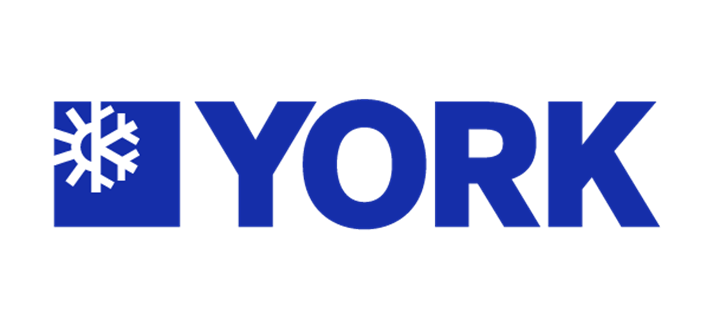



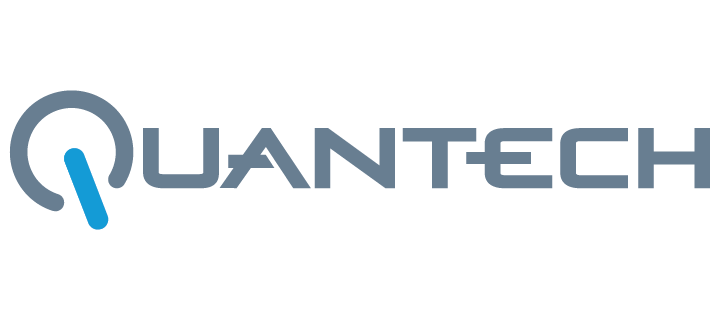
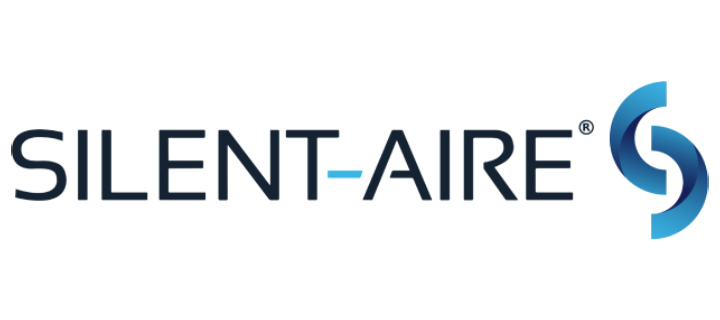



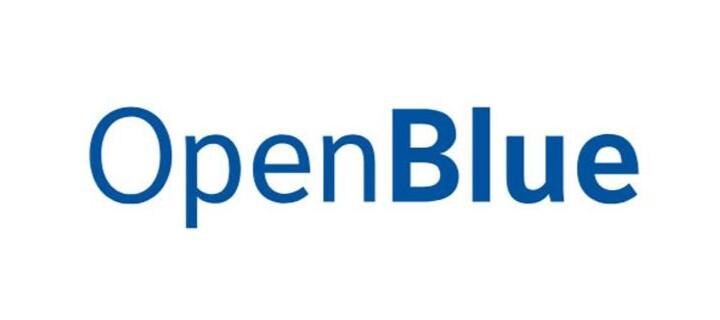
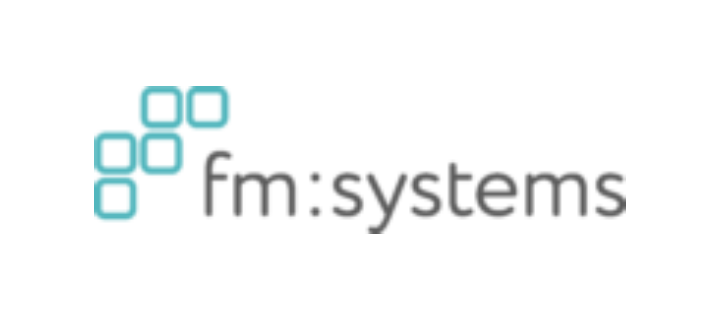



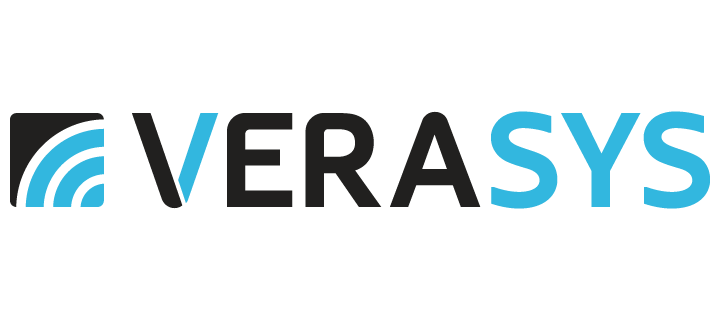
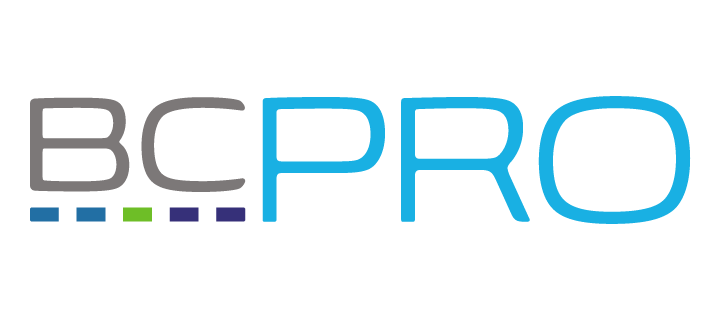
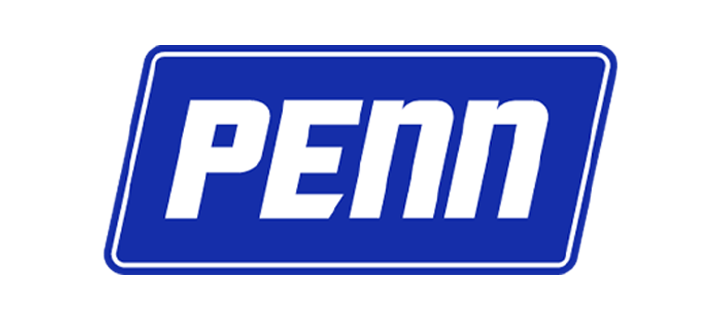

.jpg?la=en&h=320&w=720&hash=244C75B74F0F77521D56164450973BCD)
